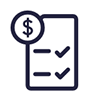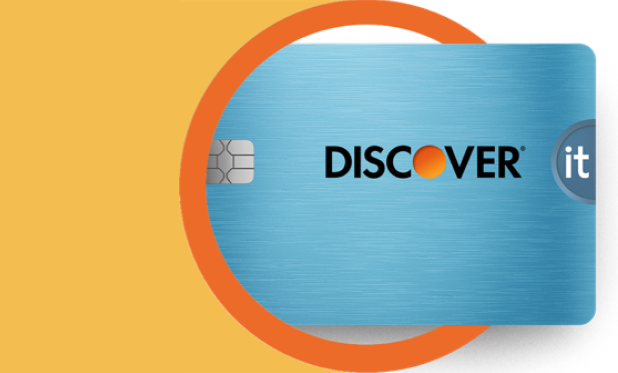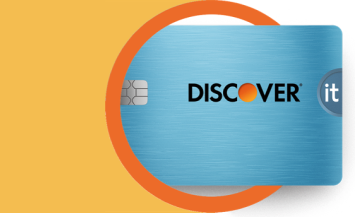Unsecured credit cards are the most common type of credit card. In fact, most of the time, when people apply for a new credit card, they’re applying for unsecured credit. It’s what most people consider a regular, or traditional, credit card.

What Is an Unsecured Credit Card?
4 min read
Last Updated: November 14, 2024
Next steps

See if you're pre-approved

View all Discover credit cards
See rates, rewards and other info
You may also be interested in
Was this article helpful?
Was this article helpful?




